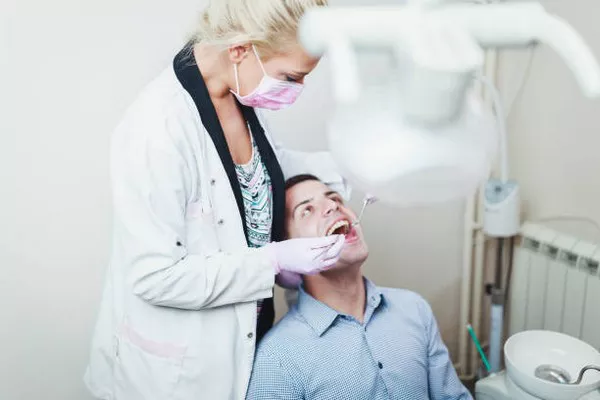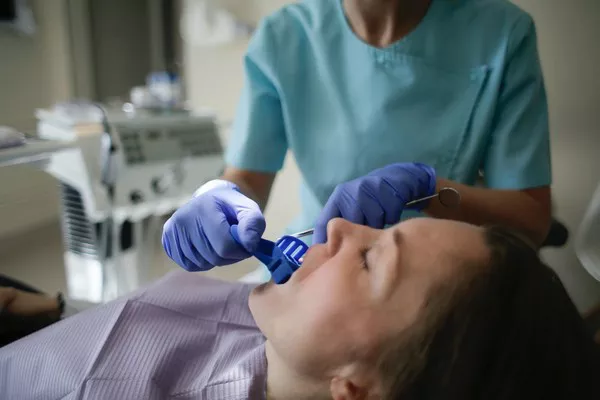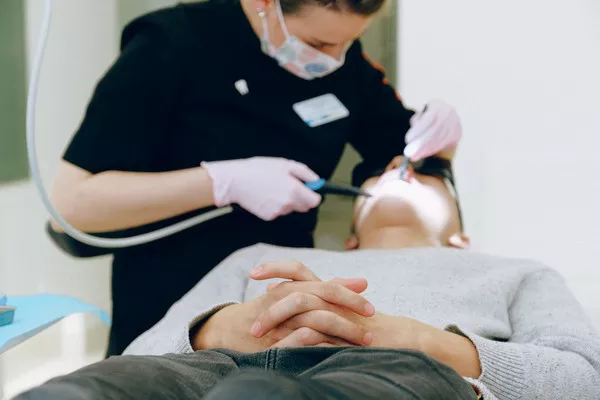Anatomical Explanation
Canine teeth, also known as cuspids or eye teeth, are renowned for their sharpness and distinct shape. Positioned between the incisors and premolars, these teeth play a crucial role in biting and tearing food. However, their natural yellowish hue often raises questions about oral health and hygiene. The truth lies in the unique anatomy of these teeth. Canine teeth naturally contain more dentin, a dense tissue that lies beneath the enamel and gives teeth their color. Dentin is inherently yellowish, contributing to the distinctive appearance of canine teeth.
Role of Canine Teeth
The primary function of canine teeth is to grasp, puncture, and tear food. This requires a thicker layer of dentin to provide strength and durability. Unlike incisors, which are primarily used for cutting, and molars, which are designed for grinding, canines are specialized for tearing flesh and other tough materials. Their sharpness and robust structure make them indispensable for carnivores and omnivores alike.
see also: How long does 3 fillings take?
Enamel Thickness
Another factor contributing to the yellow appearance of canine teeth is the thickness of the enamel. Enamel is the outermost layer of the tooth and acts as a protective shield against decay and damage. However, canine teeth typically have thinner enamel compared to other teeth, allowing the underlying dentin to show through more prominently. This inherent trait, combined with the natural yellow color of dentin, results in the characteristic yellow hue of canine teeth.
Aging Process
As with all teeth, canine teeth undergo changes with age. Over time, both dentin and enamel can darken or become discolored due to various factors. The gradual accumulation of stains and pigments from food, beverages, and tobacco can contribute to the yellowing of teeth, including canines. Additionally, as we age, the dentin naturally thickens and the enamel may wear down, further exposing the yellowish dentin beneath.
Dietary Influences
Dietary habits play a significant role in the coloration of canine teeth. Consuming dark-colored beverages such as coffee, tea, and red wine can stain the enamel and contribute to yellowing over time. Similarly, foods rich in pigments, such as berries, tomatoes, and curry, can also leave stains on the teeth. Additionally, acidic foods and drinks can erode the enamel, making the underlying dentin more visible and exacerbating the appearance of yellowing.
Oral Hygiene
Contrary to popular belief, yellowing canine teeth are not necessarily indicative of poor oral hygiene. While inadequate brushing and flossing can contribute to plaque buildup and surface stains, genetic factors, aging, and dietary habits also play significant roles. However, maintaining good oral hygiene practices, including regular brushing, flossing, and dental check-ups, can help prevent additional staining and preserve the overall health of the teeth and gums.
Cosmetic Solutions
For those concerned about the appearance of their yellow canine teeth, cosmetic dentistry offers various solutions. Porcelain veneers and dental bonding are popular options for concealing discoloration and improving the aesthetics of the smile. Veneers are thin shells made of porcelain that are bonded to the front surface of the teeth, while bonding involves applying a tooth-colored resin to the teeth and sculpting it to desired shape. These procedures can effectively camouflage yellowing and restore a brighter, more uniform smile.
see also: yellow teeth & white teeth:What’s the Difference?
Professional Advice
Ultimately, the best course of action for addressing yellow canine teeth is to consult with a dentist. A qualified dental professional can assess the underlying causes of discoloration and recommend appropriate treatment options based on individual needs and preferences. Whether it’s professional whitening treatments, cosmetic procedures, or preventive measures, a dentist can provide personalized guidance to help achieve a brighter, healthier smile.
Conclusion
Yellowing canine teeth are a common phenomenon due to the inherent anatomical characteristics of these teeth, combined with factors such as aging, dietary habits, and oral hygiene practices. While yellowing may be unavoidable to some extent, there are various cosmetic and preventive measures available to address and mitigate discoloration. By understanding the causes and seeking professional guidance, individuals can maintain optimal oral health and confidence in their smile.
FAQs about Yellow Canine Teeth
1.How to Get Rid of Yellow Canine Teeth?
Yellowing of teeth, including canines, can be addressed through several methods:
Professional Teeth Whitening: Visiting a dentist for professional cleaning and whitening treatments.
Over-the-Counter Whitening Products: Using whitening toothpaste, strips, or gels available at pharmacies.
Home Remedies: Applying baking soda and hydrogen peroxide paste, oil pulling with coconut oil, or using activated charcoal.
Dietary Changes: Reducing intake of staining substances like coffee, tea, red wine, and tobacco.
Maintaining Good Oral Hygiene: Brushing at least twice a day, flossing daily, and using mouthwash.
2. Why Are the Canine Teeth More Yellow?
Canine teeth might appear more yellow due to several reasons:
Thicker Enamel: Canines often have thicker enamel, which can have a naturally more yellow tint.
Location: Their position in the mouth might make them less exposed to regular brushing.
Dentin: The underlying dentin is naturally yellow and may be more visible through the enamel of canines.
Diet and Habits: Consumption of staining foods and beverages or smoking can contribute to discoloration.
3. Why Are My Teeth Yellow Even Though I Brush?
Several factors might cause yellow teeth despite regular brushing:
Intrinsic Stains: Stains within the tooth structure that brushing cannot remove, often caused by medications or fluorosis.
Diet: Consuming stain-causing foods and beverages like coffee, tea, and red wine.
Aging: Enamel wears down over time, exposing more of the yellow dentin.
Genetics: Natural tooth color can be influenced by genetic factors.
Oral Hygiene Products: Some products might be less effective or could cause surface stains.
4. Why Is One Tooth Yellower Than the Rest?
A single tooth appearing yellower than others can be due to:
Trauma: An injury to the tooth can cause internal discoloration.
Dental Work: Fillings or crowns on a tooth can sometimes discolor differently over time.
Decalcification: Loss of calcium in the enamel can lead to discoloration.
Tooth Decay: A cavity or decay can change the color of a tooth.
Dead Tooth: If the tooth’s nerve has died, it may turn yellow or brown.
You Might Be Interested In
































